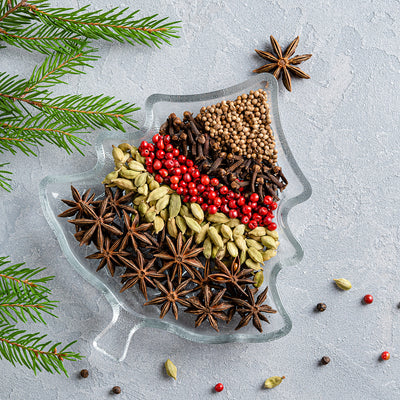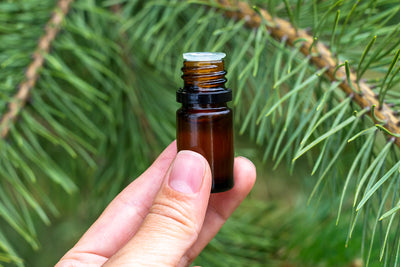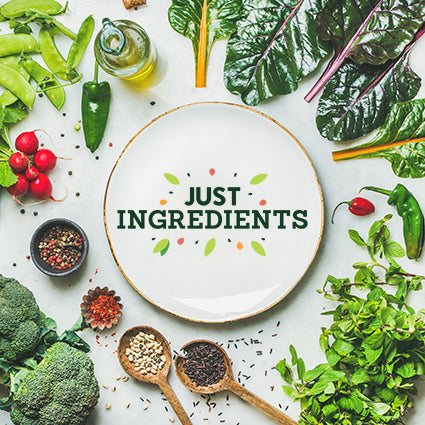From Farm-to-Fork: Take A Trip Down Rosemary Road 🌿
Rosemary, the fragrant herb that can elevate a dish from mundane to mouth-watering, has been a culinary staple for centuries. But have you ever wondered how this versatile herb makes its way from the farm to your kitchen?
Let’s take a fun dive into the world of rosemary farming, where ancient practices meet modern techniques to bring you one of the most beloved herbs in the world...
1. The Beginning: A Seed is Planted 🌱
Rosemary, scientifically known as Rosmarinus officinalis, starts its journey from a tiny seed. Although rosemary can be propagated from cuttings, starting from seed is like witnessing a tiny miracle. The seeds are sown in late winter or early spring, often in a greenhouse to protect them from harsh weather.
Rosemary seeds are notoriously slow to germinate, sometimes taking up to a month! Patience is key when farming this herb.
2. Sprouting and Seedlings: The Early Growth Stage 🌞
Once the seeds sprout, the seedlings are carefully nurtured until they are strong enough to be transplanted into the fields. During this stage, they need just the right amount of sunlight, water, and love. Farmers keep a close eye on these young plants, ensuring they don’t fall victim to pests or diseases.
Rosemary is a Mediterranean herb, meaning it loves well-drained soil and lots of sunlight. It’s like a little piece of summer, no matter the season!
3. Field Work: Transplanting the Seedlings 👩🌾
After about 8-12 weeks, the rosemary seedlings are ready to be moved to the fields. Here, the real farming begins. Rosemary is a hardy plant, but it still requires well-prepared soil. Farmers often enrich the soil with compost to ensure the plants get the nutrients they need.
The seedlings are planted about 2-3 feet apart to give them room to grow. As rosemary is a perennial, meaning it lives for more than two years, these plants will stay in the field for a long time, continuing to produce fragrant leaves year after year.
4. Care and Maintenance: Nurturing the Crop 🚜
Rosemary is relatively low-maintenance, but that doesn’t mean farmers can sit back and relax! Regular weeding is necessary to prevent other plants from stealing nutrients and sunlight. Farmers also prune the rosemary plants regularly, which not only keeps them healthy but encourages bushier growth.
Rosemary is drought-tolerant once established, making it a perfect crop for regions with hot, dry climates. However, during its first year, it needs a bit more water to get established.
5. Harvest Time: Gathering the Bounty 🌿
After about a year, the rosemary is ready for its first harvest. Farmers typically harvest rosemary in late spring or early summer, when the oils in the leaves are most concentrated, ensuring the best flavour.
Harvesting rosemary is an art in itself. The stems are cut carefully, leaving enough of the plant so that it can continue to grow and produce new leaves. This sustainable practice ensures that the plant can be harvested multiple times a year, often up to three or four times.
6. Drying and Processing: From Fresh to Dried 📦
Once harvested, the rosemary needs to be dried, especially if it's intended for the spice market. The drying process is crucial as it preserves the essential oils that give rosemary its distinct flavor and aroma. Farmers often hang the rosemary in well-ventilated barns or use special drying machines to speed up the process.
After drying, the rosemary is stripped from the stems and either packaged whole or ground into powder, ready to be shipped off.
To retain the best flavour, we store dried rosemary in an airtight container away from light. It can last up to a year, but using it within six months will give you the freshest taste.
7. The Final Destination: From Farm to Kitchen  👩🍳
👩🍳
Finally, the rosemary makes its way to your kitchen, where it adds that special something to your roast chicken, potatoes, or even a cocktail. It’s incredible to think that this tiny, fragrant herb started as a seed in the ground, nurtured by farmers with care and expertise.
The Journey of a Humble Herb 🍴
The journey of rosemary from farm to table is a testament to the dedication and skill of farmers who work behind the scenes to bring this beloved herb to life. Next time you sprinkle some rosemary over your dish, take a moment to appreciate the journey it took to get there—and maybe even share a fun fact or two at the dinner table!




